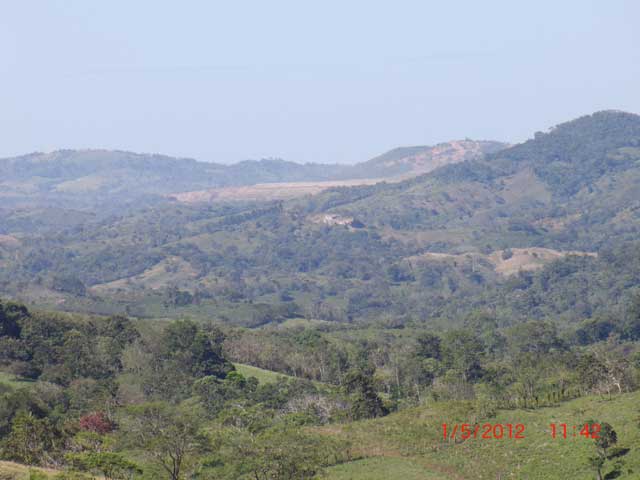|
|||
2012:Year of the Bank FailuresBob Moriarty It's the turn of the year and New Year Predictions are sprouting like wild flowers after a spring rain. Usually I avoid the temptation to make predictions, I often go back and reread what others have projected and you could do as well tossing a quarter. But this time it's different. This is an easy call and my readers need to know what is coming down the hill like a runaway train. In 1931 an Austrian bank based in Vienna named the Credit-Anstalt failed. The bank was consider "too big to fail" but turned out in the end to be "too big to bail." Founded by the Rothschilds in 1855, the Credit-Anstalt ventured past the boring business of simply making business loans into the far more adventurous areas of investing in new ventures from sugar making to automobiles. Due to the size of the bank, smaller and more nimble local bankers snapped up the best loans leaving the giant Credit-Anstalt holding the paper no one else wanted. For readers who never took a course on banking, it's important for them to know that all banks are subject to a bank run and failure at any time no matter how healthy the bank or economic conditions due to the nature of their business. When you walk into a bank and deposit money into your checking account, you are loaning money to the bank. They in turn loan out that money: hopefully to credit worthy borrowers who will pay the money back with interest. It's vital for readers to understand the basic business of banks is to borrow short and lend long. When you deposit money you may want it back tomorrow. But when someone borrows money on a house, they may want 30 years to pay it back. So if for any reason there is a run on a bank, the bank should go under. There are government programs in theory that protect the investor such as the FDIC but in reality, they are to protect the banks by preventing a run on the bank in serious times. Such as today. It's also important for readers to understand that banks make loans to each other and to governments. Again, lending long and borrowing short. But the key there is that if you walk into a bank and deposit $1 million, your Bank A may loan $1 million to Bank B who in turn loans $1 million to Bank C. If the same money has been loaned out 10 times, the balance sheet of the entire transactions would show $10 million in assets and $9 million in liabilities reflecting the original $1 million in real money. But any bank in the chain can default and all of a sudden you have $9 million in very real liabilities and nothing in real assets. When we talk about a bank having say $500 billion in assets, we don't mean they own $500 billion in gold or silver or houses or shares of stock; they have $500 billion owed to them and in bad times, that "asset" may be utterly worthless. The cracks in the dyke during the Great Depression started with the stock market crash in October of 1929. The cracks in the dyke in our current GFC (Global Financial Crisis) became obvious in late June of 2007 when two Hedge Funds run by Bear Sterns collapsed. By May of 1931, the collapse of the Credit-Anstalt began the far more serious series of banking failures that led to a Bank Holiday in the United States in March of 1933 just after President Roosevelt was inaugurated. A similar event occurred in October of 2011 with the sudden and shocking failure of the Dexia Bank in Belgium. Need I remind my readers that we live in perilous times? With the BIS reporting $708 trillion dollars in derivatives at the end of June 2011, it's pretty obvious that when derivatives are 12 times the size of the world economy, there are a lot more liabilities around than assets. Many of those "assets" may have multiple claims on them just as did the billions of dollars of customer's money on deposit with MF Global when it went teats up. The global banking system has been underwater since the failure of Lehman Brothers in September of 2008. I was doing a lot of radio interviews at the time and I said the entire banking system was on the very edge of total failure. Evidently President Barack Obama and VP Joe Biden agreed with me. There was a discussion within the team of the President Elect as to if they needed to call a bank holiday when they assumed office. When Biden admitted it in a speech early in 2009 that should have been front-page news. It wasn't and that tells you everything you need to know about the Cheerleaders pretending to be News Reporters today. The US, and probably the world banking system, was in a state of total and complete failure in September of 2008. Everything governments have done since then has not only been the wrong thing, it's been exactly the opposite of the right thing. If an individual or a company or a bank or a government or a country has for years spent far more than they can afford, the only logical and right solution is to declare bankruptcy, learn from your mistakes and start over. The US government has pasted so many Band-Aids on the sinking ship that the ship is now entirely made of Band-Aids. For years I have said that the primary reason to own gold and silver is as an insurance policy against financial collapse. We know the collapse is near, that's why I'm calling 2012 the Year of Cascading Bank Failures. Extend and Pretend has passed its sell-by date and we need to clean up the books. That will only happen after a sudden and complete failure of the banking system. It's going to happen very soon. Own some gold, keep some cash and extra food/water. One day soon your bank will close and your checks/credit cards will be worthless. But when you get beyond the need for an insurance policy against financial collapse, you have investment funds left hopefully. I'll be as blunt as I am ever, gold was cheap at $252, silver was cheap at $4 and I said so. Those who listened to me did well indeed. If on the other hand, you want to pay Eric Sprott a 34% premium for his paper silver or you want to wait until silver is $50 before you conclude it's going to go up 1000% and you should throw every cent you have at it, good luck with that. At $50 silver has already made a moon shot and is up 1100% from the low. Silver and gold are not cheap now. We may well have hyperinflation and we may well have deflation. I can't see how $708 trillion in derivatives can evaporate as we know they will without there being a world of deleveraging and deflation. You need to consider other financial investments. I like the juniors of gold and silver and I've spent 50% of my time for the last 10 years visiting projects and reporting on them. Reporting on a project is not a blanket recommendation to buy and I don't give sell signals. There is only one reason to buy a stock and that's because you think it's going higher. There are 100 reasons to sell. I just got back from a lightening fast 48-hour trip to Nicaragua where I saw one of the most interesting and best run gold projects I have ever visited. The company is named Corazon Gold (CGW-V) and is run by Patrick Brauckmann as President and CEO. It was formed in March of 2010 to advance a gold project in Nicaragua surrounded by B2 Gold's property. They did an $8 million dollar bought deal in April of 2011 and raised an additional $4.5 million in January of 2011. The primary project of Corazon is the Santa Domingo project some 200 km east of Managua, the capitol of Nicaragua. Santa Domingo was the first gold project located by the Spanish in the country some 200 years ago. It's been mined on a small scale by artisanal miners ever since and had no modern exploration. B2 Gold grew out of the management team from Bema Gold in 2007. They own two operating gold mines in Nicaragua including the La Libertad only 10 km away from Santa Domingo. La Libertad produces some 80,000 to 90,000 ounces of gold a year.
The Santa Domingo deposit grew out of a concession granted to a local mining cooperative in 1980. The local miners continue to mine from shallow (but dangerous) holes in the ground where they go down a rope to hand mine high-grade gold veins. I was knocked out when I visited their processing facility where they were still using ancient design arastras and even a four stamp mill. The artisanal miners will form teams of about 5 men. One team can mine about 1 ton of ore a day. Their recovery is probably 35-40% and they need 10-gram material at least to be profitable. It also costs them to process the ore through the stamp mill or one of the tiny arastras so at the end of the day, they might make $20 for a day's work. That makes them among the highest paid workers in the country. Corazon realized the Santa Domingo concession is entirely surrounded by the ground of B2 gold. Back in 1980, the local miners selected what they considered the best ground for their concession. Both Corazon and the mining cooperative realized the way to make the most money and produce the most gold was for the miners to sell the rights of the project to Corazon. Corazon approached them, a deal was cut and Corazon agreed to pay them $5.5 million for Santa Domingo. Groundwork completed to date shows some 15 km of total vein length among a series of high-grade gold veins. There isn't any question, there is gold there. There is high grade gold there. It is being mined and obviously is mineable. There are questions to be answered that can only be answered through drilling such as depth of the deposit and type of ore at lower levels but I think Corazon did a brilliant move for both them and for the local community. I don't think they have 5 million ounces of gold but 1 million wouldn't surprise me and B2 Gold is a natural partner/operator. Corazon began a Phase one 34 hole 5600-meter drill program in September that finished in November of 2011. They began a Phase two drill program in November with a plan to drill somewhere between 5000 and 10,000 meters. They are using one drill now and will add a drill should they need to. The final payment of $2.5 million on the project is due on April 15, 2012. Corazon has the money in the bank and can pay it any time they wish. The exploration budget is $3.4 million for 2010/2012. I'm quite happy to see them hit the ground running and to keep two drill rigs churning. This is a funny sort of exploration company. They know the gold is there; it's been being mined for 200 years. They just need to count up ounces until someone wants to build a gold mine in Nicaragua. Obviously there is a world of opportunity in Nicaragua and gold prices of above $1600 make exploration attractive. Corazon is looking for other projects in the country. I was a fighter pilot when I was 20 and obviously tactics are something I've thought about for 45 years. CEO Brauckmann has pulled off an incredible coup. He owns a gold mine. All he has to do is count ounces. He bought 100% of it for $5.5 million. If he finds 500,000 mineable ounces, his cost per ounce is $11. If he finds 1 million ounces, his cost drops to $5.50 an ounce. Drilling costs $160 a meter but he's drilling structures with a known history. The locals will be allowed to continue mining. Now they have some money in their pockets they are happy. I spent two days with his man on the ground in Nicaragua, Alejo Bermudez and he is a find. Born in the country, he's spent 30 years working in the US so he's totally comfortable with both cultures. We dropped in on the Minister of Mines for Nicaragua on Friday last. They couldn't do enough for Alejo. I was quite impressed with the Ministry; they made it obvious they wanted to work with outside investors. I was impressed with the entire team at Corazon, everyone was friendly and helpful and the attitude of everyone I met was wonderful. Nicaragua has been off the radar screens of investors. The management team at B2 Gold discovered the opportunity first and half a dozen juniors are following in their footsteps. Patrick Brauckmann has snapped up one of the nicest projects I have ever visited on great terms for the company but has made sure they will be welcomed with open arms. He has surrounded himself with a brilliant team in the country with a depth of local knowledge unmatched by any company I've visited lately. I think the chances of their success are very high. I met Patrick at the San Francisco gold show in November. I was impressed enough with the company to go out and buy some shares on the open market. At $.20 they were selling for about the amount of cash they had on hand. The shares are in tight and friendly hands; the company is not carrying any baggage. I expect more drill results soon and I think investors will like them. Obviously there is a good chance the company will find more deposits but if all they had was Santa Domingo, it has company making potential. The company is well cashed up to support both the property payment due in April and all exploration plans for 2012. Corazon is an advertiser. I am biased. I have bought shares on the open market. I think they are cheap and I really like them. As always, do your own due diligence. 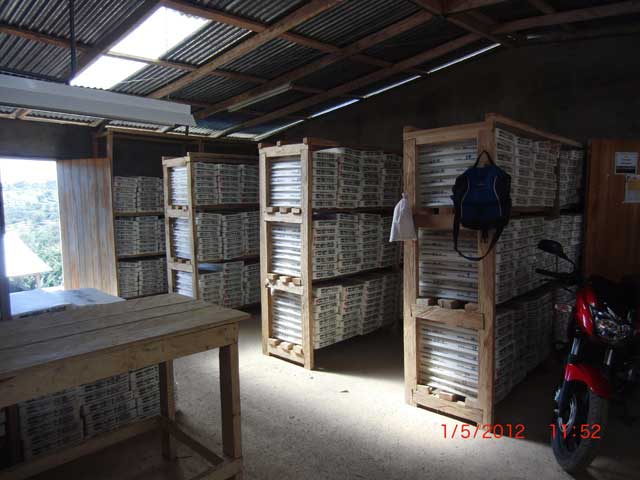 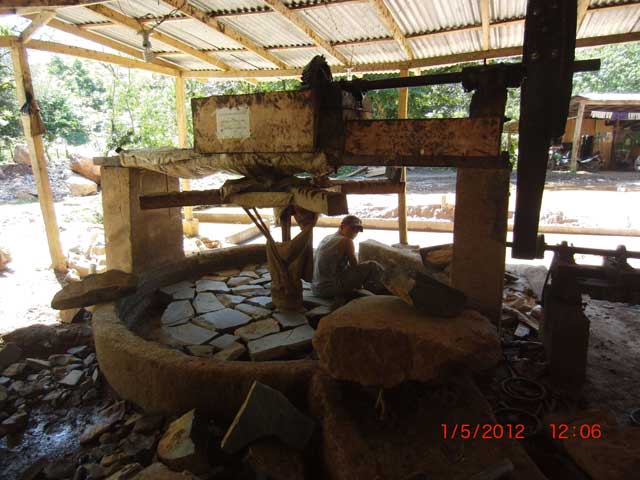 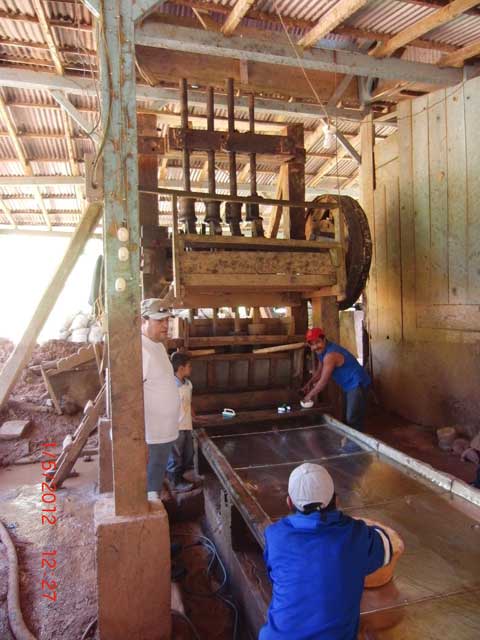 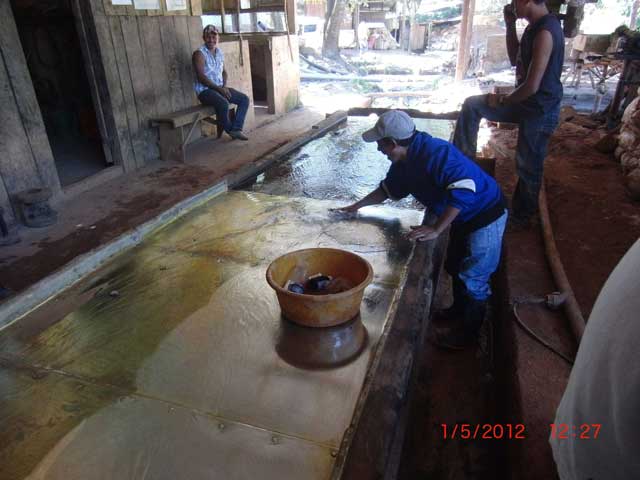 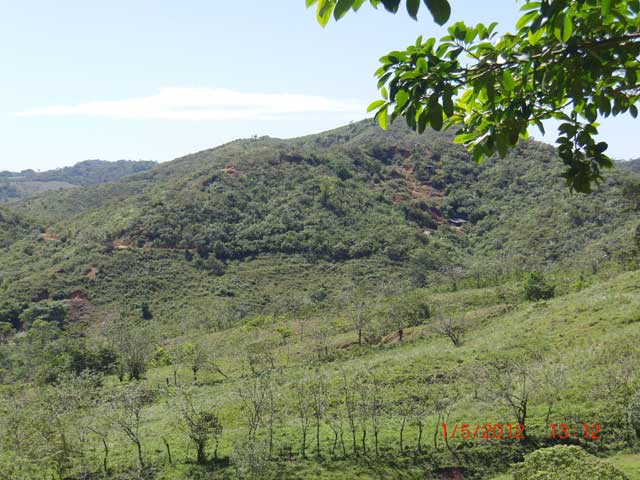 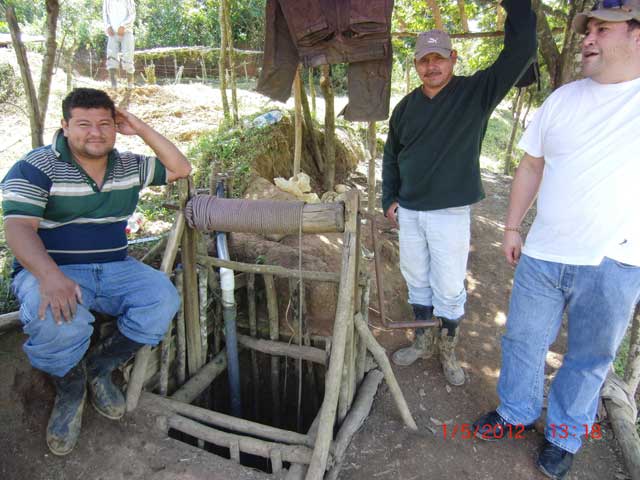 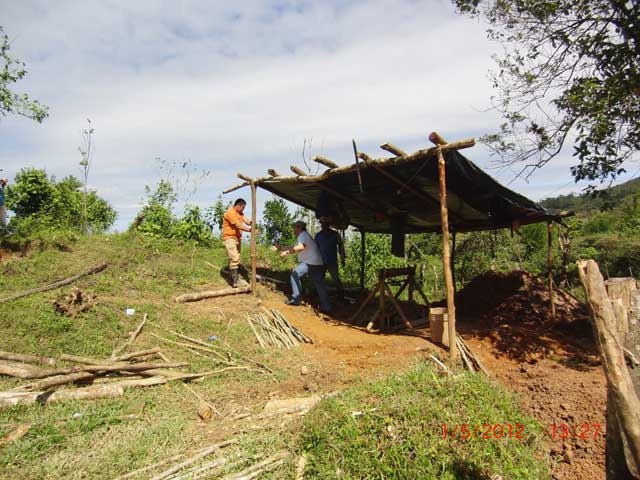 Corazon Gold Corp. CGW-V $.28 (Jan 10, 2012) RMZFF-OTCBB 60.5 million shares Corazon Gold website ### |

